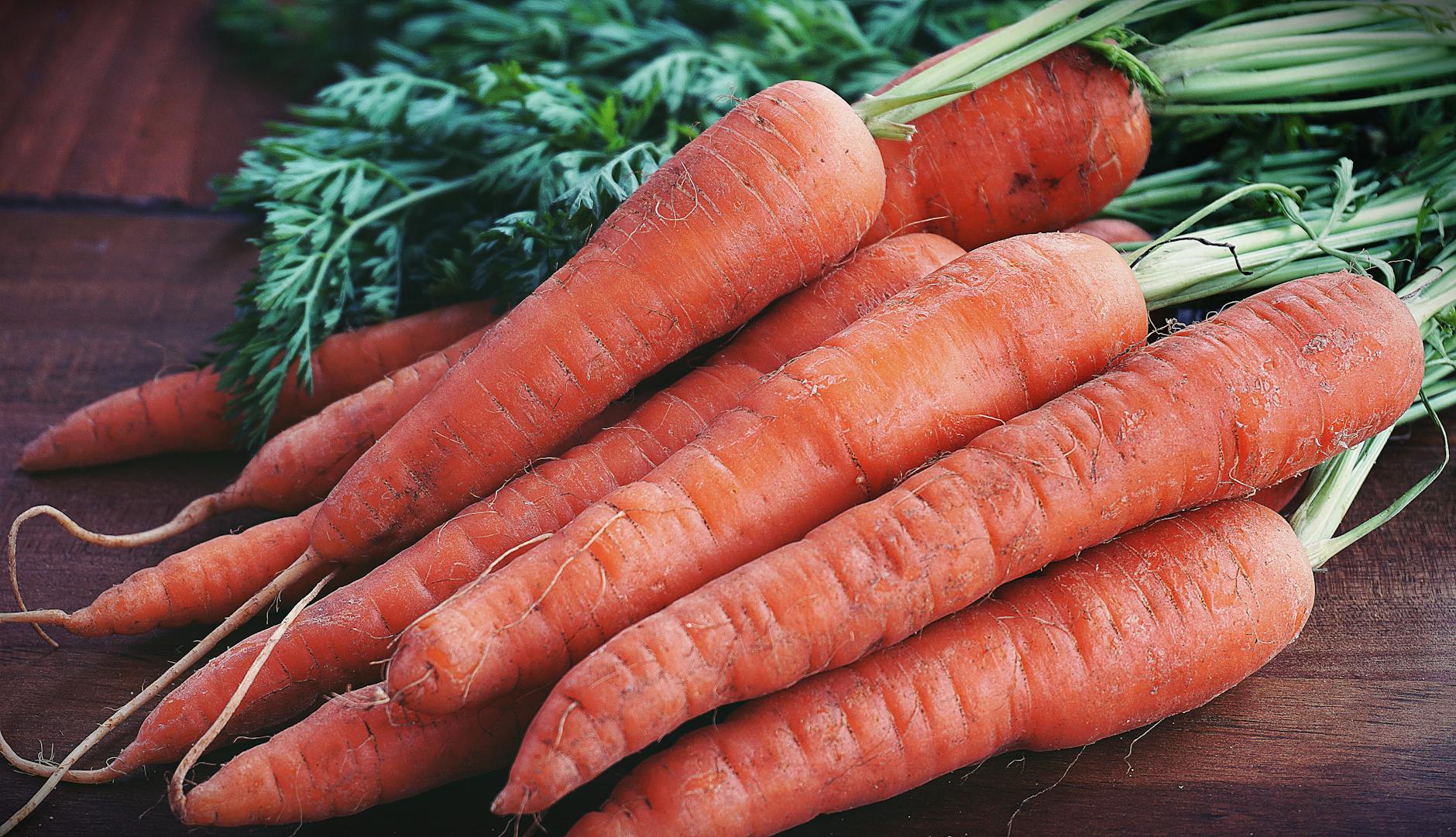Welcome to this hall on the Title: How to Grow Carrots: A Complete Guide to Crisp and Flavorful Roots
Learn how to grow carrots in your garden with our step-by-step guide. From soil preparation to harvesting tips, get expert advice for a successful carrot crop.
Introduction on how to grow carrots
Carrots are one of the most popular root vegetables to grow in home gardens and farms. Packed with vitamins A and C, they are not only nutritious but also versatile in the kitchen. Growing carrots requires attention to soil conditions and regular care to ensure a healthy crop of straight, sweet roots. This guide will take you through each step of planting and harvesting carrots for a successful yield.
See Also
- Watermelon farming guide, best practices for high yield
- How to grow apples, guide for healthy and productive apple trees
- How to grow pineapple, guide for pineapple farming
- Cucumber Farming Guide for beginners and importance
1. Choosing the Right Carrot Variety: Carrots come in various colors, shapes, and sizes, allowing you to choose the best variety for your garden or farm. This include:
- Nantes: Cylindrical, smooth, and sweet, ideal for home gardens.
- Imperator: Long and slender, perfect for deep, sandy soils.
- Danvers: A shorter, conical variety that grows well in heavy soils.
- Chantenay: Short and stout, great for containers or shallow soils.

Choose a variety based on your soil type and the growing conditions of your region.
2. Preparing the Soil: Carrots grow best in loose, well-drained soil that is free of rocks and hard clumps. Here’s how to prepare your garden bed:
- Loosen the soil: Till the soil to a depth of at least 12 inches to ensure good root growth.
- Soil texture: Avoid heavy clay soils, as they can cause carrots to become misshapen. Consider adding sand or organic matter to improve soil texture.
- pH levels: Carrots prefer slightly acidic to neutral soil, with a pH of 6.0 to 7.0.
- Compost: Incorporate compost or well-rotted manure before planting to increase fertility, but avoid fresh manure as it may cause root forking.
3. Sowing Carrot Seeds: Carrot seeds are tiny and should be sown directly into the garden bed. Here’s how to plant them for the best results:
- Planting depth: Sow seeds about ¼ inch deep.
- Spacing: Space seeds about 2-3 inches apart, with rows 12-18 inches apart.
- Watering: Keep the soil evenly moist during germination, which can take 1-3 weeks.
To improve germination rates, mix the fine carrot seeds with sand before sowing. This will help distribute the seeds more evenly in the soil.
4. Thinning Carrot Seedlings: Once the seedlings have grown a few inches tall, it’s important to thin them to prevent overcrowding. Thin the plants so they are spaced about 2-3 inches apart, allowing each carrot to develop fully. Be gentle when thinning to avoid disturbing the surrounding roots.
5. Watering and Mulching: Carrots need consistent moisture to grow straight and sweet. Here are some watering tips:
- Regular watering: Water deeply once or twice a week, depending on weather conditions. Ensure the soil remains moist, but avoid overwatering, which can cause root rot.
- Mulching: Apply a layer of mulch around the carrot plants to retain soil moisture and keep weeds at bay.
Mulching also helps regulate soil temperature, keeping it cooler during hot summer months, which is beneficial for carrots.
6. Fertilizing Carrots: Carrots don’t require heavy fertilization. However, providing the right nutrients will support healthy root growth:
- Balanced fertilizer: Use a fertilizer that is low in nitrogen and high in phosphorus and potassium. Too much nitrogen can cause lush foliage but small, poorly developed roots.
- Organic options: Compost or bone meal can be added to promote healthy root development.
Fertilize once or twice during the growing season, but be cautious not to over-fertilize.
7. Pest and Disease Management: Carrots are relatively easy to grow but are vulnerable to a few pests and diseases:
- Common pests: Carrot rust flies and aphids can damage foliage and roots. Use row covers to protect plants from these pests and encourage beneficial insects like ladybugs.
- Diseases: Root rot and leaf blight can occur in poorly drained or overcrowded conditions. Ensure proper spacing and avoid overwatering to prevent these problems.
Practice crop rotation by avoiding planting carrots in the same spot year after year to reduce the risk of disease.
8. Harvesting Carrots: Carrots can be harvested when they reach the desired size, typically about 60-80 days after planting. Here’s how to harvest them properly
- Harvesting by hand: Gently loosen the soil around the carrot with a garden fork, then pull the carrot out by the greens. Avoid pulling too hard, as this can cause the tops to snap off, leaving the roots in the ground.
- Mature size: Carrots are typically ready when they are ½ to 1 inch in diameter, depending on the variety.
For a continuous harvest, sow carrot seeds every 2-3 weeks during the growing season.
9. Storing Carrots: Carrots can be stored for several months if done correctly:
- Cool, moist storage: Store harvested carrots in a cool, dark place with high humidity, such as a root cellar. You can also store them in perforated plastic bags in the refrigerator.
- Leave greens attached: If storing carrots long-term, leave a small portion of the greens attached to prevent the roots from drying out.
Avoid storing carrots near apples or other fruits that emit ethylene gas, as it can cause carrots to become bitter.
Conclusion on how to grow carrots
Growing carrots can be an enjoyable and rewarding experience for both beginner and experienced gardeners. By following this guide, you’ll be able to cultivate crisp, sweet carrots that are perfect for fresh eating, cooking, or storing for later use. Pay attention to soil preparation, watering, and proper harvesting techniques to ensure a successful and abundant carrot crop.
